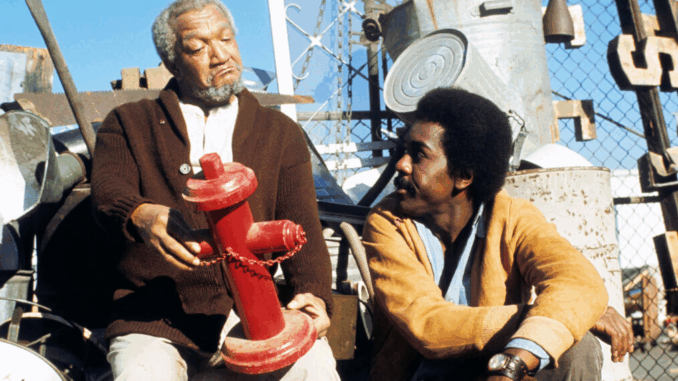
Behind every great sitcom lies a setting that almost becomes a character in itself. In Sanford and Son, that character was a cluttered, chaotic junkyard in Los Angeles. But if that junkyard could talk, what stories would it tell?
Premiering in 1972, Sanford and Son was more than a comedy—it was a cultural milestone. It brought African American voices into the mainstream in a way that felt authentic and unapologetic. Fred Sanford, played brilliantly by Redd Foxx, was grumpy, foul-mouthed, and hilariously dramatic. Yet, under his rough exterior lay a loving (albeit stubborn) father navigating the new world with his son Lamont.
The show thrived on contradictions. Fred was lazy but always scheming; Lamont was ambitious but stuck. Their dynamic provided endless comedic tension—one foot in tradition, the other in progress. The real magic, though, was how the show balanced slapstick with satire. Racism, class, and aging were all wrapped in jokes sharp enough to make you think.
Few know that Redd Foxx’s ad-libbing often drove the cast—and crew—to laughter, leading to frequent retakes. His comedic instincts weren’t scripted; they were lived. And the junkyard, filled with rusty relics, mirrored Fred’s own view of the world: old, undervalued, but not without worth.
In a time of polished streaming comedies, Sanford and Son reminds us of the grit that made TV real. It wasn’t perfect, and it didn’t try to be. That’s what made it unforgettable.
So next time you scroll past another reboot, think about this: maybe the best stories aren’t found in shiny sets or glossy scripts. Sometimes, they’re buried in the junkyard—waiting to be rediscovered.
